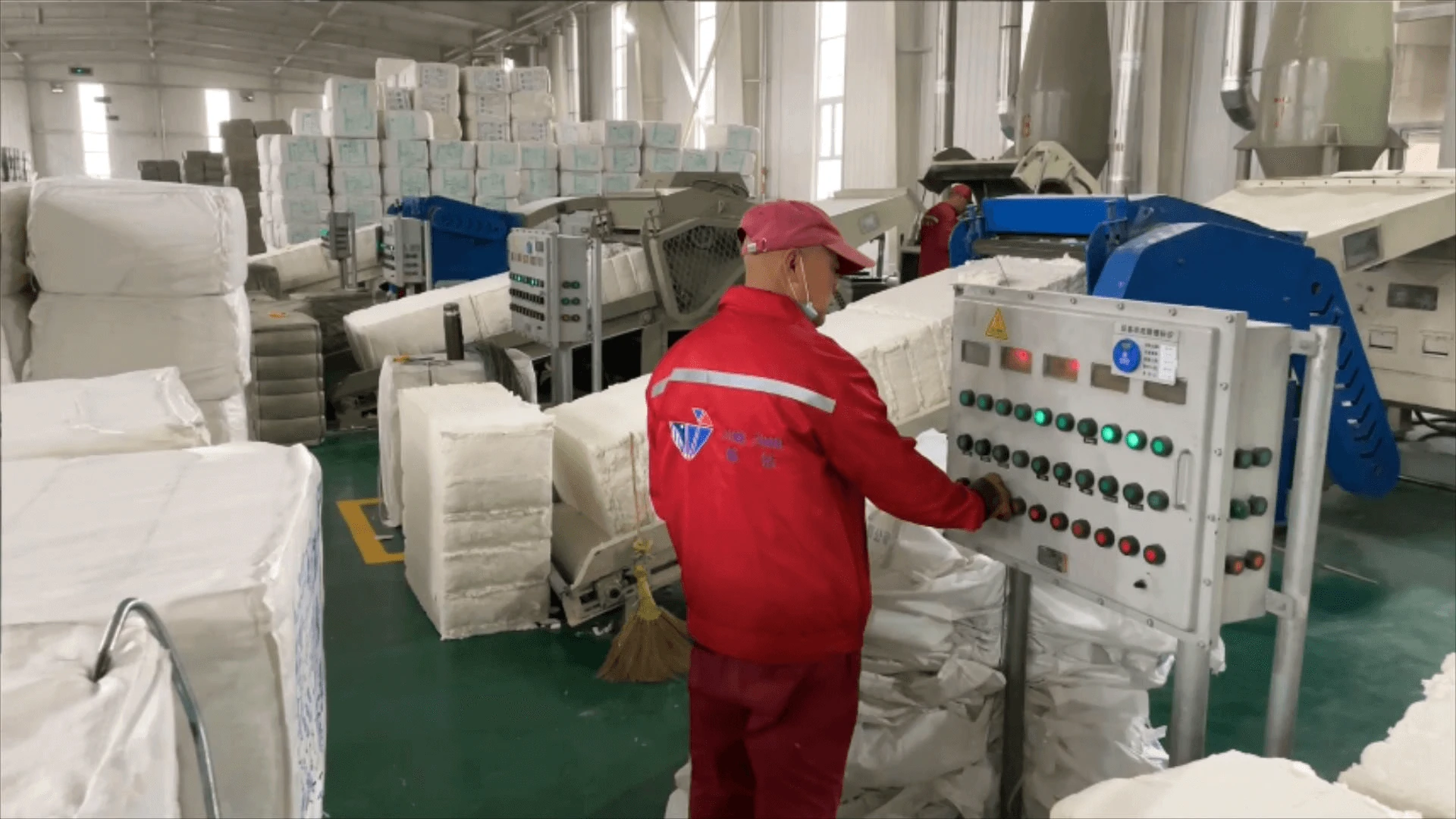
sep . 16, 2024 06:10 Back to list
methyl hydroxyethyl cellulose
Understanding Methyl Hydroxyethyl Cellulose Properties and Applications
Methyl hydroxyethyl cellulose (MHEC) is a widely used non-ionic cellulose ether that has gained significant attention in various industries due to its unique properties and versatility. Derived from natural cellulose, MHEC undergoes chemical modification to enhance its solubility and functional capabilities, making it an essential additive in many applications, especially in the construction, food, and cosmetic sectors.
One of the most remarkable features of MHEC is its thickening ability. When dissolved in water, MHEC forms a gel-like solution, which can significantly increase the viscosity of the liquid. This property is particularly advantageous in construction where MHEC is commonly added to cement and plaster mixtures. Its outstanding thickening capability helps improve workability, allows for better adhesion, and reduces sagging, thereby enhancing the overall performance of construction materials.
Understanding Methyl Hydroxyethyl Cellulose Properties and Applications
In the food industry, MHEC is recognized for its ability to modify texture and moisture retention. It acts as a stabilizing agent and emulsifier, playing a crucial role in improving the mouthfeel and overall quality of various food products, including sauces, dressings, and bakery goods. Its low-calorie content and non-toxic nature make it a favored ingredient in health-conscious formulations.
methyl hydroxyethyl cellulose

The cosmetic industry also greatly benefits from the use of MHEC. Its thickening and emulsifying properties are utilized in a variety of products, from lotions and creams to shampoos and gels. MHEC helps to achieve a desirable texture and consistency, enhancing the user experience while ensuring that the product remains stable over time.
Another significant advantage of MHEC is its thermal stability. It maintains its functionality across a wide range of temperatures, making it suitable for both hot and cold processes. This characteristic is particularly important in industries where temperature variations are common during processing or application.
Moreover, MHEC is considered environmentally friendly, as it is derived from renewable natural sources. Its biodegradable nature aligns with the growing demand for sustainable and eco-friendly products in today's market.
In conclusion, methyl hydroxyethyl cellulose is a multifunctional additive that plays a vital role across various industries, thanks to its thickening, stabilizing, and film-forming properties. Its versatility, combined with its environmentally friendly profile, makes it an indispensable component in formulations that require performance, quality, and sustainability. As industries continue to evolve and strive for innovation, the demand for MHEC is expected to grow, solidifying its position as a valuable ingredient in numerous applications.
-
Versatile Hpmc Uses in Different Industries
NewsJun.19,2025
-
Redispersible Powder's Role in Enhancing Durability of Construction Products
NewsJun.19,2025
-
Hydroxyethyl Cellulose Applications Driving Green Industrial Processes
NewsJun.19,2025
-
Exploring Different Redispersible Polymer Powder
NewsJun.19,2025
-
Choosing the Right Mortar Bonding Agent
NewsJun.19,2025
-
Applications and Significance of China Hpmc in Modern Industries
NewsJun.19,2025







